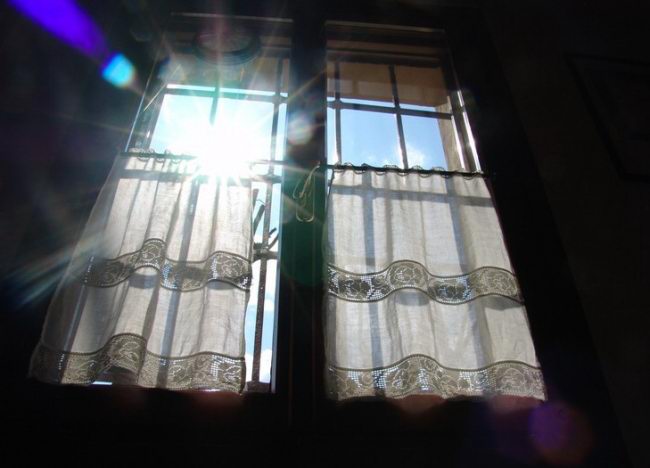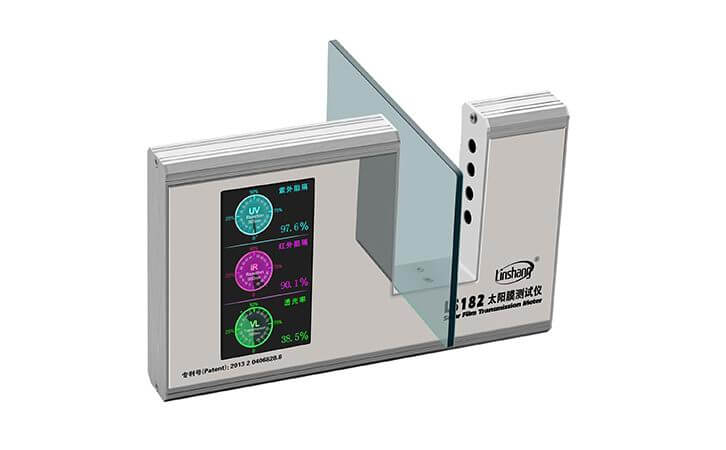What is the Solar Heat Gain Coefficient Ratings (SHGC)
As we all know, Linshang Technology have an instrument LS182 solar film transmission meter which can be used to test SHGC.But many customers don’t know what the SHGC is.So now let me introduce what the SHCG is.
The amount of solar radiation that can pass through a window or skylight can be measured in terms of its solar heat-gain coefficient, or SHGC. SHGC ratings are used to help in quantifying the energy efficiency of windows and skylights. Understanding some of the specifics about SHGC ratings can be helpful to energy-conscious consumers who are planning a new build or renovating their home.
LS182 Window tint meter
1. Why Use SHGC Ratings?
By knowing how a window behaves in relation to sunlight and solar heat, the most appropriate windows can be chosen for a specific installation on a home, which often depends on the climate of the region where the home is located. For example, windows that allow a larger amount of solar heat to pass through are best utilized in heating-dominated climates where extra warmth from sunlight can be beneficial.
SHGC is best described as a ratio where 1 equals the maximum amount of solar heat allowed through a window, and 0 equals the least amount possible allowed through. A SHGC rating of 0.30 means that 30% of the available solar heat can pass through the window. The SHGC rating assigned to a window generally includes the entire window assembly, and is meant to help quantify the energy efficiency of the combination of the glazing, window frame and any spacers (which separate the glazing panels). So, the type of window, as well as the glass, affect the SHGC rating.
The ability to quantify how much solar heat a particular type of glass can block is even more useful as manufacturers have recently begun to experiment with different treatments for window panes intended to influence SHGC. Tinted and reflective glass have been in use for some time now, especially in commercial and office buildings. Spectrally selective glass has recently gained in popularity, as well, utilizing tints and coatings, including special low-emittance coatings, to further affect how windows perform in relation to solar heat. The SHGC rating allows for easy comparison of these different products’ attributes.

2. SHGC, U-Factors and R-Values
When windows are rated for energy efficiency, the rate of non-solar heat that passes through is quantified as the U-factor, as opposed to SHGC, which quantifies the rate of solar heat that passes through the window. SHGC and U-factor ratings are specific to windows and measure properties different from insulation R-values, which are used to quantify the insulating capabilities of building materials used elsewhere in a house, such as insulation behind walls, under floors, in an attic, etc. These different values are each designed to measure very specific properties, which is helpful when examining the individual factors that can all be addressed to improve the energy efficiency of a whole house.
- Choosing the Right Window Tinting Film
- TSER,Only Factor To Evaluate Window Performance?
- Window Tint Meter | Pros and Selection Methods of Architectural Membrane
- Advantages of LS110H and LS110A Split Transmission Meter
- Best Choice:LS182 Solar Film Transmission Meter
- Solar Power Lightens Up with Thin-Film Technology
